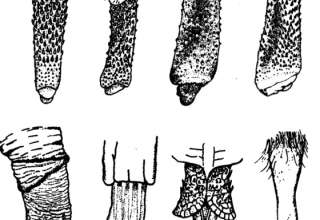12 days of Christmas: Three British hens diagnosed with Bird Flu
By poppyosman

Avian Flu
Birds have been at the top of 2022’s outbreak of disease list. Bird flu, known in the scientific world as (HPAI) H5N1, has most recently been found in poultry and other captive birds at Barnard Castle in County Durham. H5N1 is a highly pathogenic avian influenza with 252 cases recorded in England since the outbreak started in October 2021.
What is the infection caused by?
The infection is caused by an avian influenza Type A virus. Direct infection occurs when the virus is spread through exposure to saliva, mucous or faeces from other infected birds. It causes many symptoms including, a swollen head, closed and runny eyes, lethargy and sudden death.
The avian influenza Type A virus infects the birds’ cells by inserting its RNA, the genetic material that encodes the different viral proteins. The virus then manipulates the host cells to begin to read this RNA using host cell machinery, producing the viral proteins and replicating the viral RNA. New viral cells are formed which can go on to infect more cells and new hosts.
How can we diagnose our hens?
The only way to confidently determine that the birds are infected with avian flu is through laboratory tests. Government guidance for anyone who is the owner of poultry is to speak to your private vet if you are concerned about their health and report any symptoms immediately.
Christmas is back on!
However, do not panic! Although 252 cases may seem like a lot, in total in England there are 6.14 million breading fowls, 4.9 million turkeys, 2 million ducks and 105,000 geese. The spread is therefore largely contained.
Finally, avian flu very rarely affects humans and you cannot catch bird flu by eating fully cooked poultry or eggs, even in areas with an outbreak of bird flu. So… go ahead and enjoy your Christmas dinner!







